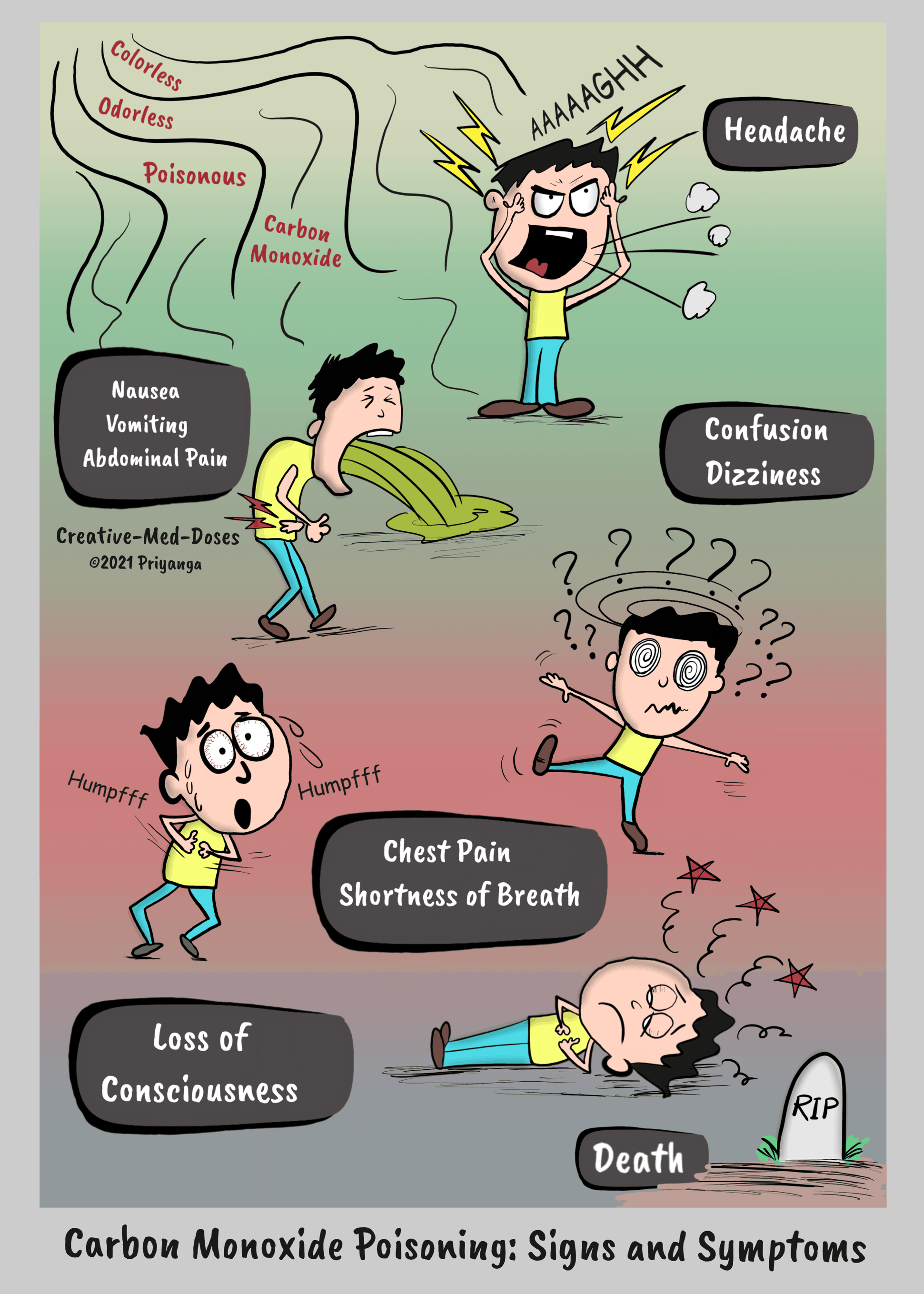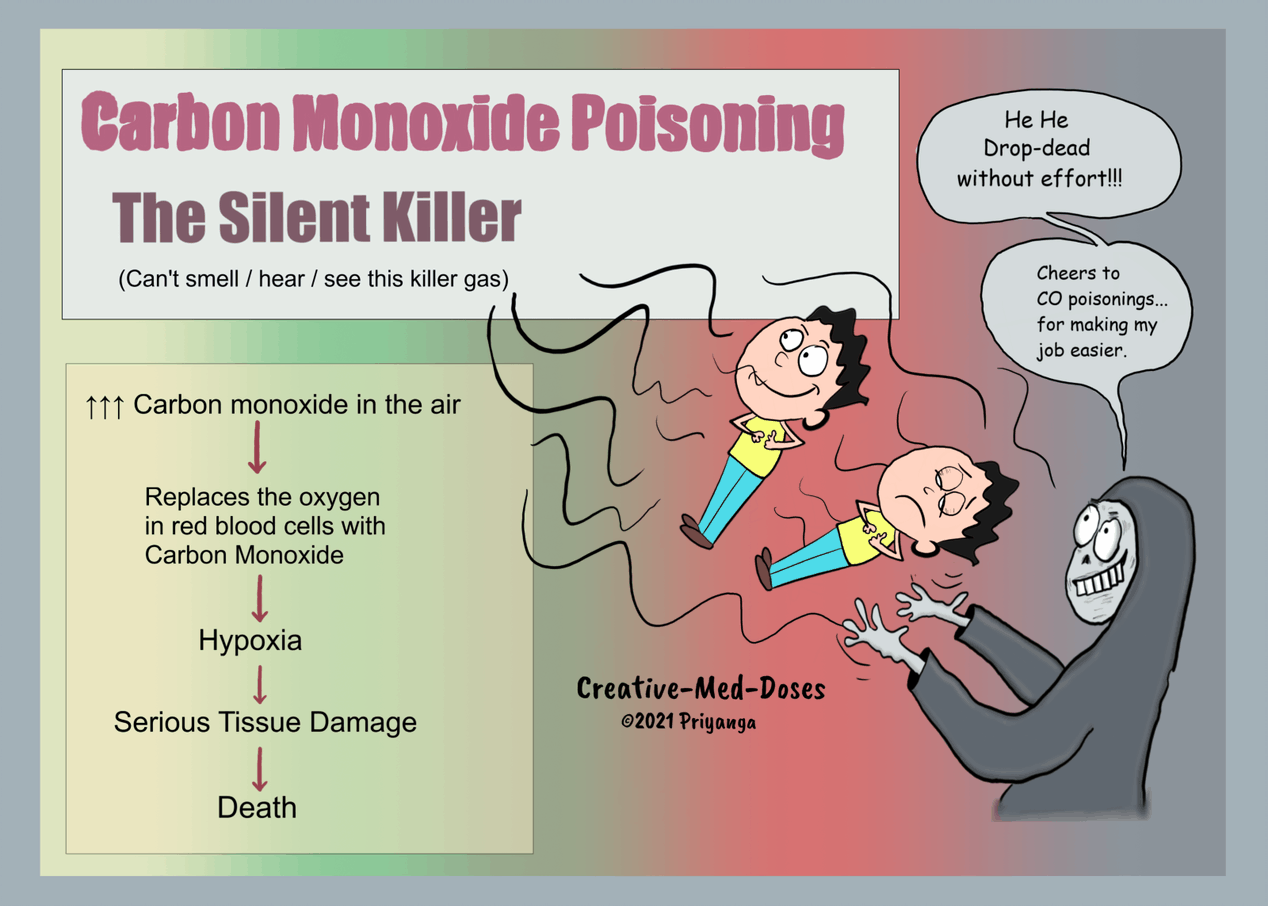This is one of a collection of stories that are like “Final Destination” meets “The Monkey’s Paw” (W. W. Jacobs, 1902). As such, they are tragedies more than either mysteries or horror, and would appeal most to readers who enjoy the inexorable pull of a story arc that leads to doom. In each story, a protagonist makes a wish that comes true with fatal results for someone, often the person making the wish. Nothing supernatural, but just how things work out. (Or is it?) The technical details surrounding the fatal (or near-fatal) event are drawn from real cases in the US OSHA incident report database and are therefore entirely realistic even if seemingly outlandish. The plots draw lightly from cultural beliefs around actions such as pointing at someone with a stick or knife, wishing in front of a mirror, or stepping on a crack.
Sam (Samantha) and Sam (Samuel) both worked as laboratory managers at a large teaching hospital. They were conscientious, helpful, and really good managers to their teams. This story is not about either of the Sam’s though, because they were let go before this story starts. This story is mainly about their boss, John.
John was not a nice person like Sam or Sam, and as the head of the entire department, he considered it his mission to cut costs wherever he could and squeeze as much work out of staff as possible for the least money. John used a lot of words like “mission,” and “vision,” and even “innovation intent.” Unlike his staff or either Sam, John had been to a business school, and had an MBA. John was the kind of budding executive who looked great to the directors but was a tyrant to his staff. The only unkind words ever to have passed Samuel’s lips was the thought that one day, John would cut one too many corners, and choke on his own metrics.
John made the performance metrics look good by stretching out the maintenance schedules for all the lab equipment, cutting perks, and rejecting as many overtime or expense claims as he could. He was an expert at getting the most work out of his staff for the least cost and achieving key performance indicators that corporate loved talking about. Upper management mistook his “kiss up, kick down” attitude for a sign of leadership, and John had a fine career already plotted out for himself.
At 7:30 on a muggy Tuesday night, Mike finished his work for the day and turned on the gas hood over his experiment to vent excess carbon dioxide. He gathered up a few things, made a few last annotations in the log, and prepared to leave for the night. He said a weary goodnight to Cordelia, who was still hard at work and peering into her microscope.
Cordelia had to work late because she was now doing part of Samantha’s old job in addition to her own research work. John had heaped loads of extra admin on Cordelia, but since she was now an exempt employee, she no longer got paid for the overtime. John liked it that way. As a cost-cutting exercise, John had eliminated the two manager jobs and promoted Mike and Cordelia to “team leader.” The move shifted them from hourly paid to salaried status and gave each team leader an additional $7,000 a year gross but saved $80,000 in the annual department budget by eliminating the higher-paid manager roles. John then just distributed the manager tasks among the team leaders and researchers. From the executive point of view, John had “flattened the span of control,” saved budget, and improved productivity per headcount.
Turning on a hood was something team members did dozens of times a day, but on this occasion, several seemingly unrelated things occurred together. Because the humidity was high in the lab, someone had used dry ice to cool collection jars, and one more hood was on, the air-conditioner and scrubber up on the roof began to run together to boost the extraction rate.
John had made another important change besides stretching out the maintenance cycle. He had switched to a cheaper, third-party maintenance company, one that tended to hire cheaper technicians and cut corners on materials; Technicians who failed to replace some parts on schedule, because they “still looked ok,” and replaced some belts by rolling them onto the pulleys, rather than going through the lengthy process of first undoing bolts and slacking off tension on the pulleys.
A frayed belt on the rooftop unit had been wobbling for some time, but now with scrubber and aircon running together, it was running faster and with more tension. Because of misalignment and internal damage caused by the incorrect installation technique, the belt began to weave and twist, and a thin steel wire peeled out from the belt. The wire eventually started rubbing on the metal guard, flicking minute sparks on every revolution.
At 8:46, a glowing piece of steel wire broke off from the belt and dropped into the carbon bed of the scrubber, where a lack of maintenance and a poorly fitted, cheap prefilter had allowed a carpet of dust, lint, and dander to accumulate.
At approximately 9:20, Cordelia became aware of an unfamiliar odor, and looking up from the microscope mounted on her workbench, thought she saw a slight haze in the lab. Cordelia rubbed her eyes, putting it down to simple eye fatigue from too many hours staring at microscope slides, and went back to work. At 9:43 Cordelia fainted, and fell forward over her microscope. Her arms flopped down, one cuff hooked on a knob on the side of the microscope body, and the other arm knocked over three 2,000 ml stainless steel wide-mouth flasks. The flasks rolled off the 29″ high bench top and fell to the floor with a loud clatter. Another of John’s cost-cutting measures, the flasks were cheap knock-offs, and the impact dislodged two of the lids, which ran in little circles before coming to rest on the floor between the benches.
At 9:46, the lab smoke detectors tripped an alarm, but since the fire sensors detected no fire in the lab, the security guard was unsure what to do and started calling the list in his incident book. John was furious about being called, but since Sam and Sam no longer worked there, he was the only point of escalation. He phoned the lab number where Cordelia was working, but there was no answer. Fuming at her, John stomped out to his car and drove back to work.
When John arrived in the lab at 10:16, he was greeted by a surreal scene—it looked to him like the lab was knee deep in smoke or mist, Cordelia was apparently asleep, and there was a din of alarms blaring. John strode toward Cordelia, shouting at her for sleeping on the job, and stepped on one of the flask lids with his left foot. His foot skidded, and trying to recover his balance, John performed a flailing pirouette, and almost corrected himself, but then his right foot went into the mouth of one of the stainless-steel bottles and slid out behind him. John pitched forward with a frustrated yelp, and landed heavily, knocking all the wind out of him in a big whoop. What he sucked into his lungs was unfortunately a mix of air far below the OSHA limit of 19.5% Oxygen. In fact, what John took a deep breath of, was mostly nitrogen and carbon monoxide and would have been described in the NIOSH handbook in Sam’s bookshelf as “immediately dangerous to life or health.”

Image by Creative Med Doses
At 10:24, a fire & rescue team arrived in response to a frantic call from the guard and found Cordelia unconscious but alive, thanks to passing out on the lab table, high enough to receive only a small amount of carbon monoxide. John, however, had cut his last corner and was carried out still wearing a cheap flask on one foot, a testament to injudicious cost-cutting.

Image by Creative Med Doses


 PWeekly
PWeekly